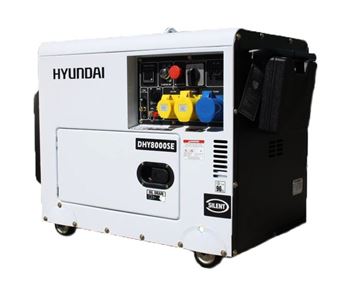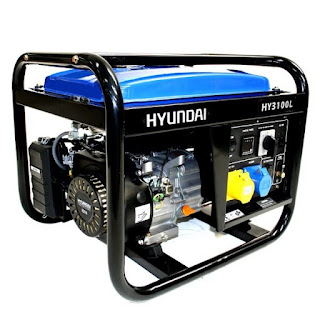Automatic transfer switches (ATS) are a critical component of many backup power systems and provide a seamless transition to a secondary power source in the event of a primary power failure. A UK provider of power generation equipment understands the importance of reliable ATS.
What is an Automatic Transfer Switch?
An automatic transfer switch is responsible for detecting interruptions or outages in a primary power supply and quickly switching connected electrical loads over to a secondary or backup power source. This switchover, when properly executed, allows for continuous and uninterrupted operation of critical systems and equipment.
● The key purpose is maintaining the continuity of power supply to connected loads
● Achieved by automatically transitioning loads to a secondary power source when issues detected with the primary supply
● Allows seamless, uninterrupted functioning of vital equipment and systems
● Alternative terminology: emergency power transfer switch, standby switch, backup switch
ATS Types and Options
While all ATS provide the same core functionality, some configuration options include:
● Number of poles - Single pole for switching neutral/ground or multi-pole for switching all supply lines
● Transition type - Open, closed, or delayed
○ Open Transition ATS
■ Breaks connection from primary power before making a connection to secondary source
■ A brief interruption in power supply during transfer (not suitable for sensitive loads)
○ Closed Transition ATS
■ Overlaps the transition period from the primary to secondary power source
■ Enables smooth transfer without interruption
○ Delayed Transition ATS
■ Inserts time delay before transfer to avoid short-term primary power disruptions
■ Prevents unnecessary switching
● Voltage and current ratings must match power system properties
● Enclosure type per environment and codes
● Transition speed
● Future expansion capabilities
How Automatic Transfer Switches Work
The key components of an ATS and their role in detecting issues and facilitating smooth transitions between power sources:
● Control Module - Continuously monitors primary power source for anomalies
● Voltage Sensors - Detects voltage fluctuations or deviations outside acceptable thresholds
● Frequency Sensors - Detect deviations in primary source frequency
● Transition Mechanism - Executes transitioning of connected loads to alternate sources upon signal
● Time Delays - Optional feature adds adjustable time delays before switching
● Backup Power Source - Typically a generator or battery system
● Output Contacts - Safely transitions electrical loads to backup source
For these facilities, the loss of power supply even for a minute can have drastic consequences in terms of safety, finances, operations continuity, and service provision. Installing reliable ATS integrated with secondary power sources is essential for minimising downtimes from primary source disruptions.











